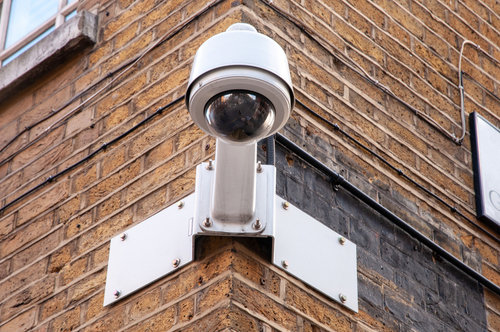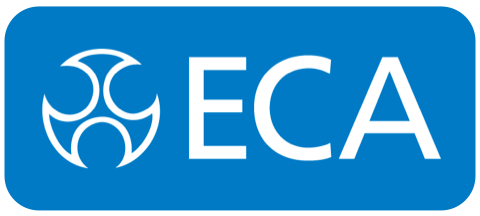
The security industry continues to see incredible technological improvements.
Advances in facial recognition, analytics and detection capabilities provide significant benefits to clients, installers, maintainers and monitoring centres alike, by reducing false alarms and improving response times resulting in a better customer experience and business efficiencies. However, what is evident across the industry is that business IT systems have often been left behind.
Security providers do not put the same emphasis on their internal IT systems development as they do in providing new technologies to clients. What this often leads to is costly inefficiencies within business processes that outweigh the benefits provided by the technologies they are implementing within their client base.
Furthermore, the increasing number of manufacturer specific software on the market, offering specific benefits to the installer, maintainer and client adding more standalone software adds more strain on business processes and efficiency where they do not integrate effectively with existing systems.
For example, take CheckMyCCTV – a fantastic, innovative and proactive maintenance software for CCTV systems that can be a cloud or on-premises based solution – requires a provider to enter client information directly into it, where they have most likely also entered the information into their Customer Relationship Management (CRM) system, their Enterprise Resource Planning (ERP) System (the system they use to manage installs and servicing scheduling) and perhaps even their invoicing system. These potentially add significant and frustrating ‘double-handling’ to a process.
Not only do providers have more software packages being utilised independently to each other, they tend to have older CRM and ERP systems with out-of-date data, few upgrades being carried out or worse still, operating from Excel spreadsheets.
There is a large range of systems on the market. Some are relatively new, others are stalwarts. All of them can improve business efficiencies and offer a level of integration between different software packages, through API (Application Programming Interfacing) or by using a cloud-based system such as Zapier to create workflows and transfer data between systems without development experience. These allow multiple systems, such as a CRM, ERP and other third party software packages to “talk” to each other and share information.
Often, software integration is not considered in existing systems or indeed in new implementations and met with resistance due to perceived high costs of development, misunderstanding of how systems can integrate and the benefits that it brings.
Benefits of integration, however, can be quite easily quantified when considering simple tasks such as data entry. Take, for example, processing a sale from a independent CRM into an ERP and into an accountancy system. Each system most likely requires customer details, site details, cost and price details. If it takes 2 minutes to enter the information into each system, that’s 6 minutes across the process. Multiply that by the number of orders won per week and quickly the cost of the process adds up. Integration of these systems could reduce the process cost to 2 minutes.
Imagine that across all your business processes and the time you could save, to provide more focus on value added tasks that actually benefit your clients!
With clients expecting more communication, visibility and reporting made available to them, at the click of a button, harnessing technology to avoid excessive administration tasks is vital for security providers to keep up with latest technologies both in the field and in their internal systems.
For more information visit https://www.eca.co.uk/fsa to learn more about the Fire & Security Association and how it can help your Fire and Security systems business.
